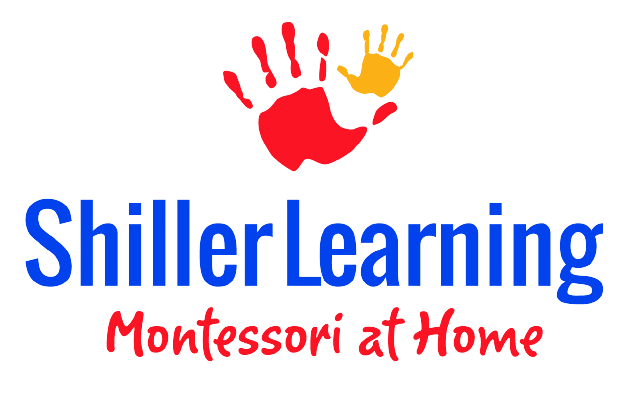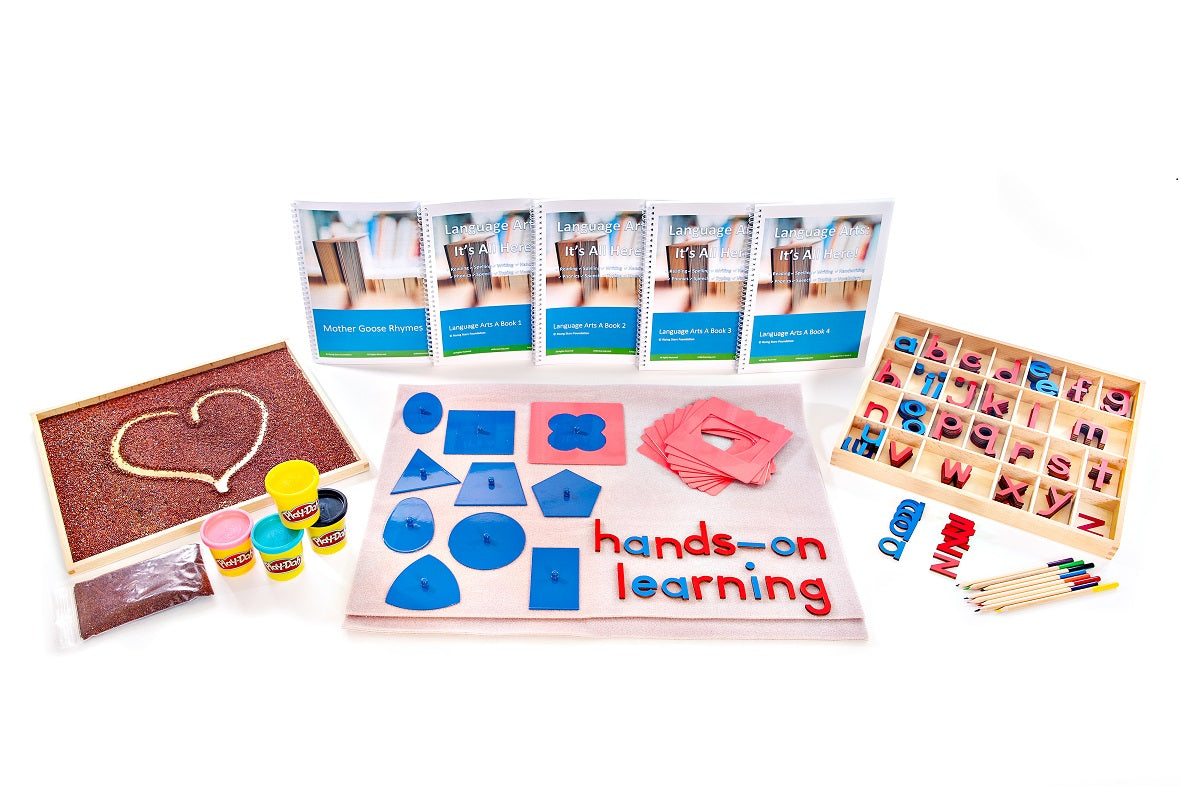How the Montessori Three-Period Lesson Has Changed Our Homeschool
When my boys were young, they both attended a sweet little Montessori school down the street from our house.
It was wonderful – the attention to individualized learning was amazing to me and my boys flourished in that educational setting. At our first “parent-teacher conference,” their wonderful teacher introduced me to the Montessori concept of a Three-Period Lesson.
I remember thinking, “Wow, that just makes so much sense!” and then promptly forgetting about it when she showed me my son’s handwriting practice.
Four years later I found myself homeschooling those same two boys and found myself struggling with the way traditional curriculum was structured. Page after page, text book after text book, my boys and I plodded through that first year, with only barely satisfactory learning and very little joy.
“I want something closer to what worked so well for them at their Montessori school,” I thought.
Vaguely, I remembered the introduction to the three-period Lesson I had been give so many years before. Was it worth giving it a try at home?
What is the Three-Period Lesson?
At its most basic, the three-period lesson is simply a lesson in 3 parts. The lesson is designed to move the learner from an introductory level of understanding to mastery of any one concept or object.
The three-period lesson includes: Introduction, Association/Recognition, and Recall.
Period 1: Introduction (This is…)
This is the child’s very first exposure to a new topic being learned. In this period, we are simply providing a name for the concept and allowing the child to explore. This is not the time to explain all the details or expected outcomes. It is just simply naming the item or concept, and allowing your learner to do the rest.
For example, I showed my son Africa on the globe last week. Pointing to it, I said, “This is Africa,” and then allowed him to move his fingers over it and say some of the names of countries he saw. When we were finished, I said, “Well, that’s Africa” and we moved on to another lesson.
Period 2: Association/Recognition (Show me…)
This is the most important (and the most fun!) period of learning. It lasts for as long as it takes for a child to fully grasp new learning. It can extend across weeks and even months, but should never be rushed.
The “Show me” period is all about allowing your child to explore and learn as much as possible about the idea or object itself and to confirm that the learner has moved beyond “period one” (is at least comfortable with the name of what is being learned).
In our home, this period often includes games, hands-on activities and projects to help my sons gain a deeper understanding of the material. It also allows them to make connections between the new concept and others that have already been mastered.
Period 3: Recall (What is this…?)
This is the first time a learner is asked to name the concept itself. It is only done with the teacher feels confident that the learner will be successful. (Think of it as a comprehension “quiz” to confirm that your child has achieved mastery.)
My boys love this part of learning, because it doesn’t feel like a test at all. In fact, they feel like they are the teacher, explaining back to me what they’ve learned!
The three-period lesson is a natural fit for homeschooling as it is grounded in relationship and child-led learning. I encourage you to give it a try.






